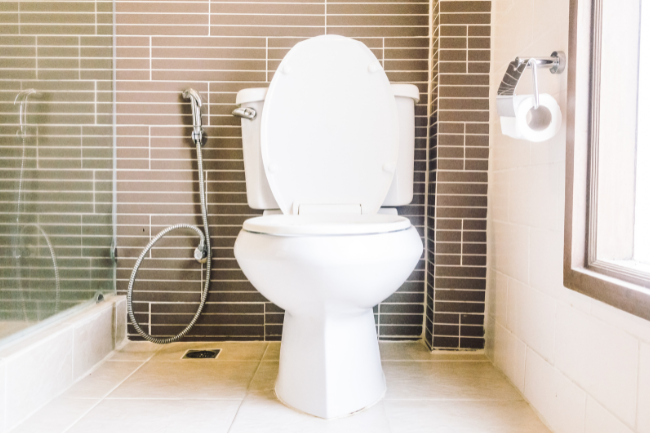The concept of dual flush systems revolutionized the plumbing industry by introducing an efficient way to conserve water. This innovation not only aids in reducing utility bills but also plays a vital role in promoting sustainable practices. Understanding the science behind dual flush systems is crucial for industry QA professionals who are responsible for ensuring the efficacy and sustainability of plumbing fixtures.

Understanding Dual Flush Systems
The dual flush system is a mechanism that allows two different flush volumes to be used: a full flush for solid waste and a reduced flush for liquid waste. This system is engineered to tackle the excessive water usage problem that traditional toilets present. According to the Environmental Protection Agency (EPA), standard toilets use between 3.5 to 7 gallons of water per flush. In contrast, dual flush toilets use approximately 1.6 gallons for a full flush and 0.8 gallons for a reduced flush, making them a more environmentally friendly choice.
Mechanics of Dual Flush Systems
The dual flush system operates through a specialized valve that determines the amount of water released during a flush. This valve is controlled by two buttons or a lever, allowing users to choose the appropriate flush type. The science behind dual flush systems involves a balance of pressure and gravity to ensure effective flushing while minimizing water use. The system's engineering is designed to prevent clogs and maintain hygiene standards.
Benefits of Dual Flush Systems
Dual flush systems offer numerous benefits beyond water conservation. By reducing water usage, homeowners can significantly lower their water bills. Additionally, these systems contribute to the sustainability efforts within the plumbing industry by conserving a precious resource. For homes and businesses striving for green certification, installing dual flush toilets is a straightforward step towards achieving eco-friendly bathroom solutions.
Challenges and Solutions
Despite their advantages, dual flush systems can present challenges, such as the need for proper installation and maintenance to ensure optimal performance. Industry QA professionals must be vigilant in overseeing these factors. Regular inspections and understanding the mechanics of dual flush valves can mitigate potential issues. Reducing toilet water waste is a significant concern that dual flush systems address efficiently.
Implementing Dual Flush Systems in Large-Scale Projects
For large-scale projects, such as commercial buildings and residential complexes, integrating dual flush systems can lead to substantial water savings. By collaborating with architects and builders, industry QA professionals can advocate for the inclusion of these systems in new constructions. Moreover, retrofitting existing buildings with dual flush toilets is an excellent way to enhance water conservation efforts.
The Future of Water-Saving Technology
The evolution of dual flush systems signifies a critical shift towards water-saving technology. As innovations continue to emerge, the plumbing industry is likely to see further advancements in water conservation techniques. Industry QA professionals play a pivotal role in embracing these technologies and ensuring their effective implementation. For more insights, visit bathroom fixtures for water conservation.
Conclusion
The science behind dual flush systems is a testament to human ingenuity and our commitment to sustainability. By understanding the mechanics and benefits of these systems, industry QA professionals can champion their use in both residential and commercial spaces. As we move towards a more environmentally conscious future, embracing innovative solutions like dual flush systems is essential for preserving our planet's resources.

FAQs
How do dual flush systems save water?
Dual flush systems save water by offering two flush options: a full flush for solid waste and a reduced flush for liquid waste, using significantly less water than traditional toilets.
Are dual flush toilets more expensive?
While the initial cost may be higher, the long-term savings on water bills and environmental benefits often outweigh the upfront investment.
Can existing toilets be converted to dual flush systems?
Yes, conversion kits are available to upgrade standard toilets to dual flush systems, providing an economical way to enhance water efficiency.






